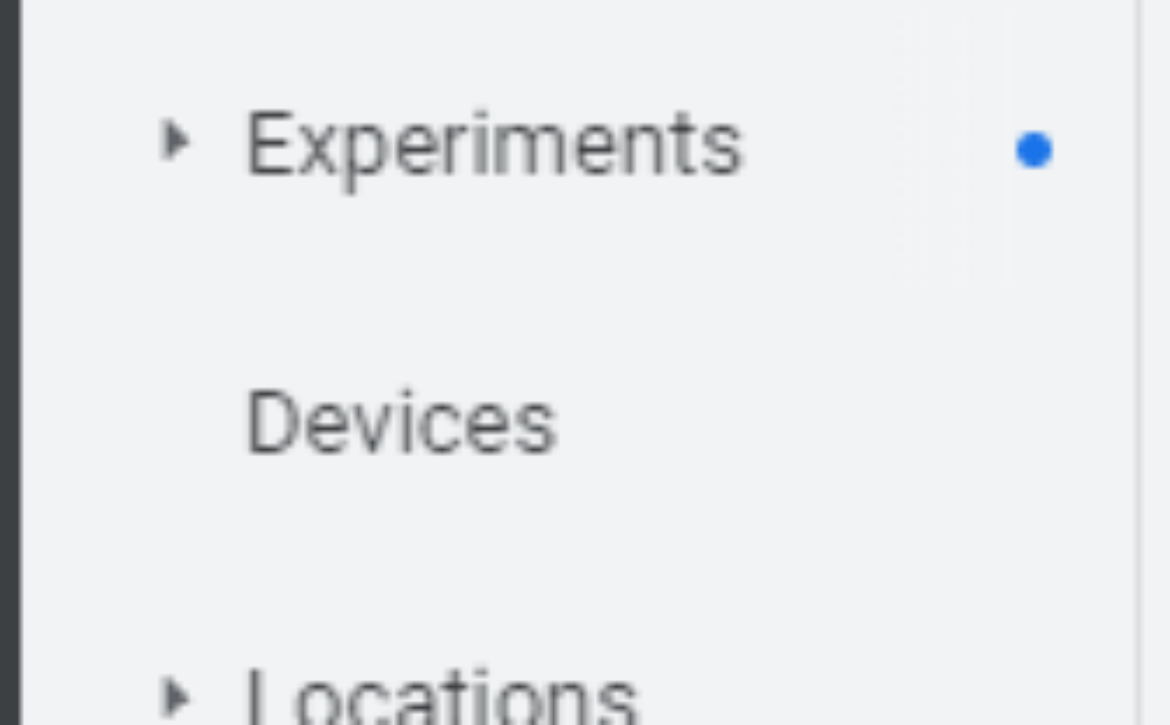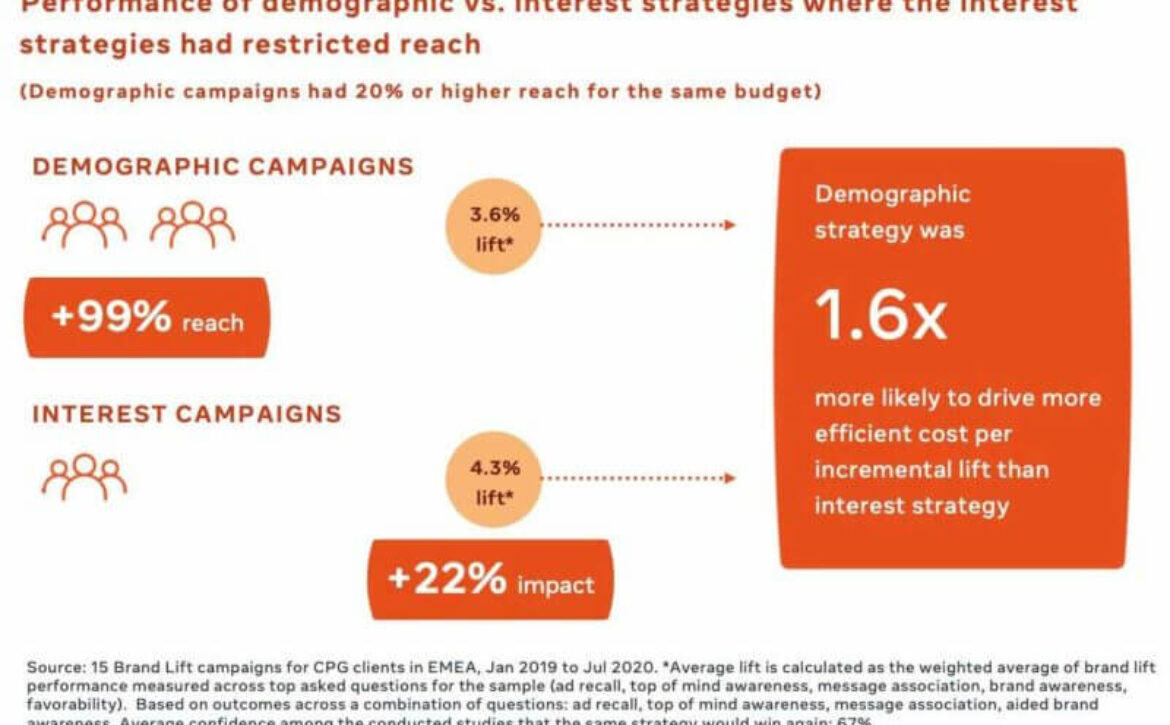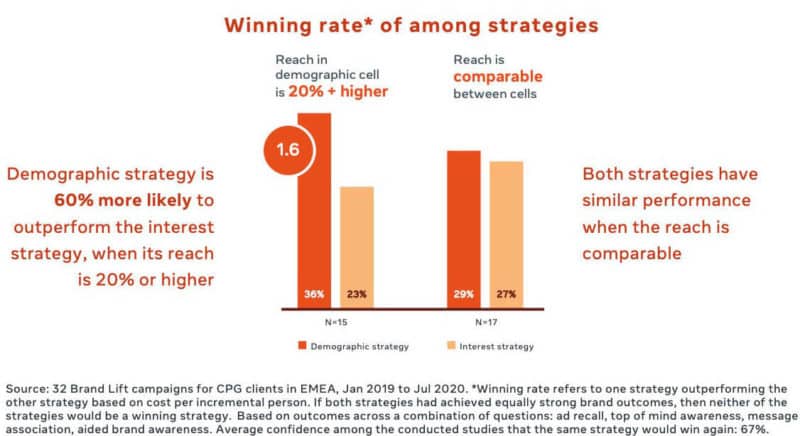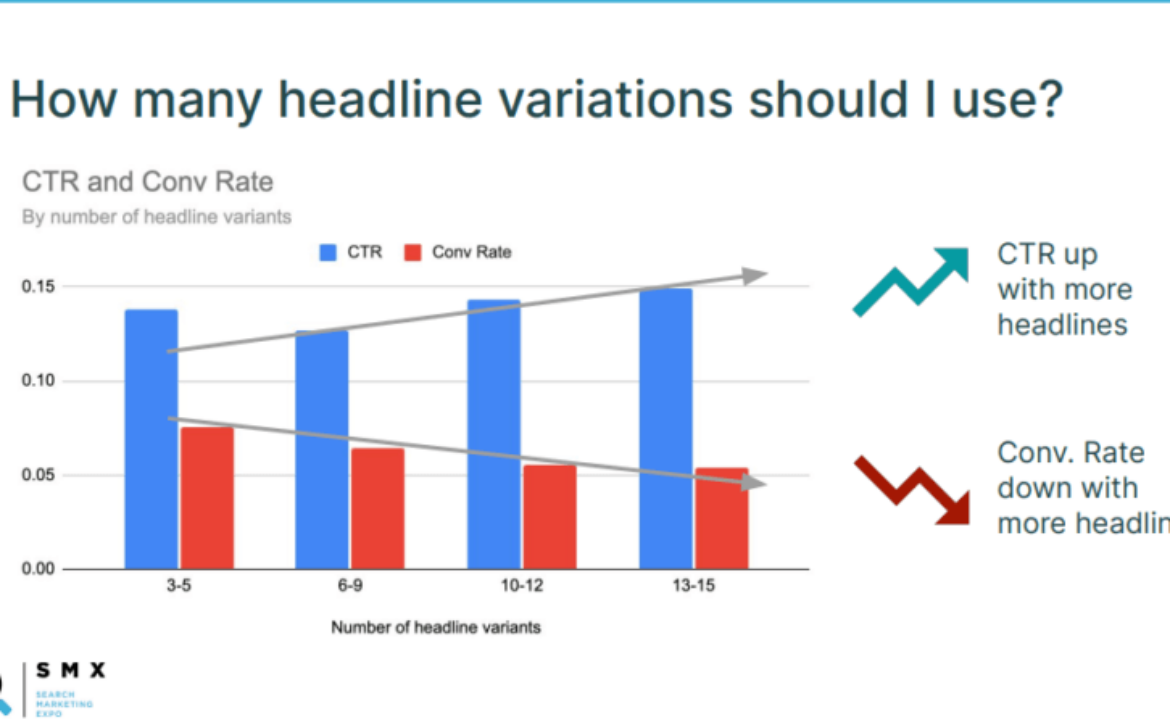The holiday shopping season is typically a boon for online retailers, but this year, supply chain issues coupled with heightened consumer demand have put merchants, and the PPC professionals that work with them, in a difficult position. After all, if there’s no inventory to sell, advertising those products will only lead to wasted budget and disappointed customers.
While demand is likely to level off as we move past the holidays, supply chain issues may linger. For example, furniture retailer IKEA said it expects supply chain-related shortages to last until mid-2022. Without a clear end in sight, retailers may consider halting their paid campaigns or even suspending their partnerships with PPC agencies, which may also have experienced similar client churn at the outset of the pandemic as well.
Fortunately, there are alternatives to going dark with your paid campaigns that can not only help you weather the storm but also put your brand ahead of competitors that do pull the plug on their ads.
Shutting down campaigns may cost more than it saves
“I would challenge advertisers to think creatively about their customer’s journey and avoid going completely dark, especially during Q4,” Nancy-lee McLaughlin, senior director, search & enterprise services at Tinuiti said, “A strong Q4 helps set up for a successful Q1 when you have a full-funnel strategy in place.”
Halting your campaigns altogether might result in loss of market share or brand awareness. “This might be an excellent time to reallocate some spending toward more upper-funnel projects and away from performance-based programs that are more susceptible to present issues,” Christena Garduno, CEO at Media Culture told Search Engine Land.
There are also considerations regarding the machine learning that powers many campaigns: “Campaigns that go dark for extended periods of time (7+ days) may see a new learning period when ads are turned back on,” said Fred Vallaeys, CEO at Optmyzr and one of Search Engine Land’s 2021 Search Marketers of the Year. “If that is a concern, a better approach is to reduce budgets so ads continue to run at some level while prospects are directed to buy an alternative, join a waitlist or place an order that will be fulfilled at a future date,” he added.
Whether to shut down your ads depends on your visibility in the search results and your goals. Vallaeys provided the following criteria to help guide your decision:
- An advertiser who dominated a SERP risks opening the door to competition if they simply turn off ads and cede the business to others. With the usual top player gone, competitors can move in and steal your business. Many advertisers have seen how hard it can be to unseat a competitor from the top spot, so advertisers who already own the top spot may prefer to not rock the boat and substitute another landing page or product rather than go dark.
- Advertisers who were not previously dominant may find it less important to keep ads running when products become unavailable. While their temporary absence reduces auction pressure and hence lowers the CPC for advertisers in higher positions, consumers won’t see as much of a difference because the choices offered by the top ads won’t change as much.
Regarding the second point, Vallaeys provided the following analogy: “If I went to the mall to buy a pair of pants, I might have started my visit at an anchor tenant like Macy’s. But, if I found Macy’s was closed, I’d probably try out one of the smaller specialty retailers and maybe find that Lululemon has really good men’s pants. On my next visit, even if Macy’s was back, I might still go to Lululemon. But, if Lululemon had been closed that first time, I wouldn’t have noticed the difference and simply made my purchase as intended from Macy’s.”
Avoiding the pause
There are a number of alternatives to pausing ad campaigns that can set you up to rebound faster when supply chains stabilize.
For one, focus on the upper funnel. “Now’s the time to highlight your brand value and focus on what sets you apart from the competition,” Shelby Gagnon, product marketing manager at Microsoft Advertising wrote. “Use search and native messaging to focus on brand values and stability so you don’t lose share of mind or customers. Keeping your brand front and center while others pull back works to your advantage in gaining a share of voice and wallet in the future,” she added.
You can also shift media to promote “tier 2” products that you may have in higher supply. When assessing whether to do so, McLaughlin suggests considering the following:
- Is there a challenger ASIN/SKU that has stock and may become a tier 1 product in the future with some extra support?
- Is this product a replacement or enhancement for the tier 1 product [that you’re having trouble keeping in supply] and how does this impact strategy?
- Is this shift to a “tier 2” product going to drive a different ROAS and how does this impact the total media plan?
You can also promote digital goods, like gift cards, or other virtual products.
Another option is to simply tweak your campaigns. “Instead of spreading your budgets too thin, tighten geo-targeting and bid strategies, or spend more in locations that may be less impacted by supply shortages,” Gagnon recommended.
You can also schedule your ads to achieve greater efficiency: “Keep ads on part-time with the use of ad scheduling to focus budget on the most profitable hours,” Geetanjali Tyagi, COO at Optymzr, said.
“Removing back-ordered, low-inventory, and high sell-through products from feeds can help maximize investment,” Marion Gendron, senior manager at Merkle, recommended, “Promoting higher average order value/luxury products with a longer click-to-purchase timeline will increase ad effectiveness.”
Lastly, adjust your messaging. Expectations can make or break the customer experience, and framing the right expectations for your audience can help you increase their customer lifetime value. “Be transparent with your customer about shipping wait times, when consumers are used to getting items in two days or less, every hour over that is painful so get ahead of this communication when you can,” McLaughlin said.
“If supply constraints are severe enough where you need to throttle driving traffic to a purchase page, ensure you have strategies set up to retarget those customers when you are able to meet those demands,” she added.
Finally, if you must cut back, comparing sales performance by channel may reveal products that are doing well enough organically that you can shift budget to in-stock items that need more exposure to compete against other retailers.
Despite pandemic-era disruption, customers have shown that they’re still looking to spend and support our brands. Maintaining a paid media presence can help you show those customers that, despite these challenges, your brand still seeks to serve them, even if you don’t have the products they’re searching for exactly when they’re searching for them.
The post Advertisers can adapt to supply chain issues without pausing campaigns appeared first on Search Engine Land.
















